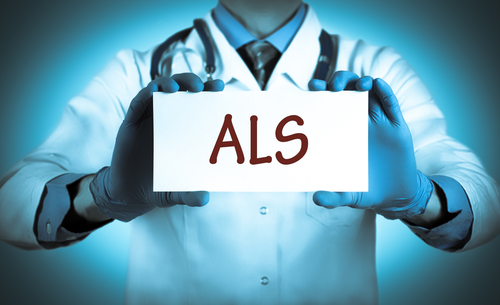People in India Get ALS Earlier Compared to Western Countries, Study Reports

Patients from India with amyotrophic lateral sclerosis (ALS) are younger at disease onset and show longer duration of symptoms compared to patients from western countries, according to researchers.
Their study, “The profile of amyotrophic lateral sclerosis in natives of Western Himalayas: Hospital-based cohort study,” appeared in the Journal of Neurosciences in Rural Practices.
Besides genetic mutations, which have been associated with the familial and sporadic forms of ALS, environmental factors, including smoking, viral infections, and exposure to toxins, metals, solvents, pesticides, radiation and electromagnetic fields have also been linked to the disease.
Unlike information gathered on a national level in India, ALS data from Himachal Pradesh, a mountainous state in Northern India, is scarce. Himachal Pradesh, located in the Western Himalayas, is one of India’s least urbanized states, with a predominantly agricultural economy.
Researchers aimed to assess the clinical profile of people with ALS living here and enrolled a total of 32 patients, who were followed-up after one year in a tertiary care center.
The team collected data regarding risk factors, demographic profile, medical history, results of neurological exams, and treatment regimens. All patients underwent electromyography — measures of the electrical activity of the muscle — nerve conduction, and magnetic resonance imaging (MRI) assessments.
The patients’ mean age was 53. Most patients with bulbar-onset (the first symptoms in speech or swallowing) or limb-onset (arms or legs) were aged 40-49.
This matches data from other studies in India and contrasts with results from research in Western populations, which showed an older age of ALS onset, the researchers said.
The male to female ratio was 1.46 — 19 men and 13 women. Compared to previous data from India, this finding shows that the predominance of ALS in men is less significant in Himachal Pradesh.
Limb-onset was observed in 23 patients (72%) and bulbar-onset in nine subjects (28%), and was found to be more common in women and patients older than 60.
The mean duration of illness was approximately 19 months and symptoms lasted between four and 120 months. This result was higher than that reported in studies with Western patients, the authors noted. Definite ALS was found in 13 patients; 11 had probable ALS; and eight showed possible ALS.
A subsequent analysis did not reveal any association between ALS outcome and potential risk factors, including history of trauma with hospitalization, family history of ALS, experiencing electric shocks, tobacco smoking, living in a rural area or farm work for more than one year, possible exposure to lead, and prior use of pesticides or herbicides. Also, no familial association was observed.
The most frequent site of muscle weakness was in the upper limbs. All patients started receiving Rilutek (riluzole, by Sanofi). The patients’ mean score in the ALS functional rating scale (ALSFRS) worsened from 35.7 to 32.9 at nine months of follow-up.
Five patients died after one year, four with limb-onset and one with bulbar-onset. Mean survival in these patients was 25 months.
“As per previous reports from India, when compared to Western population, [the] present study supports the fact of the younger age of onset and longer duration of symptoms and slow course of disease in Indian patients,” the scientists wrote.
The small number of analyzed patients and the short duration of follow-up were limitations of the study, they added.






